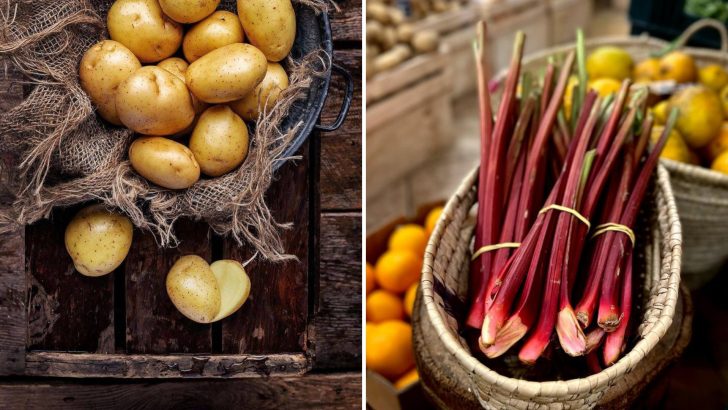Some foods may seem harmless in their natural state, but eating them raw can come with hidden dangers. Certain raw foods contain toxins or harmful compounds that can lead to serious health risks.
It’s important to know which foods to avoid raw, so you can enjoy them safely and still reap their nutritional benefits. Discover the 23 foods that should never be eaten raw, along with the 3 serious health risks you need to watch out for.
1. Potatoes
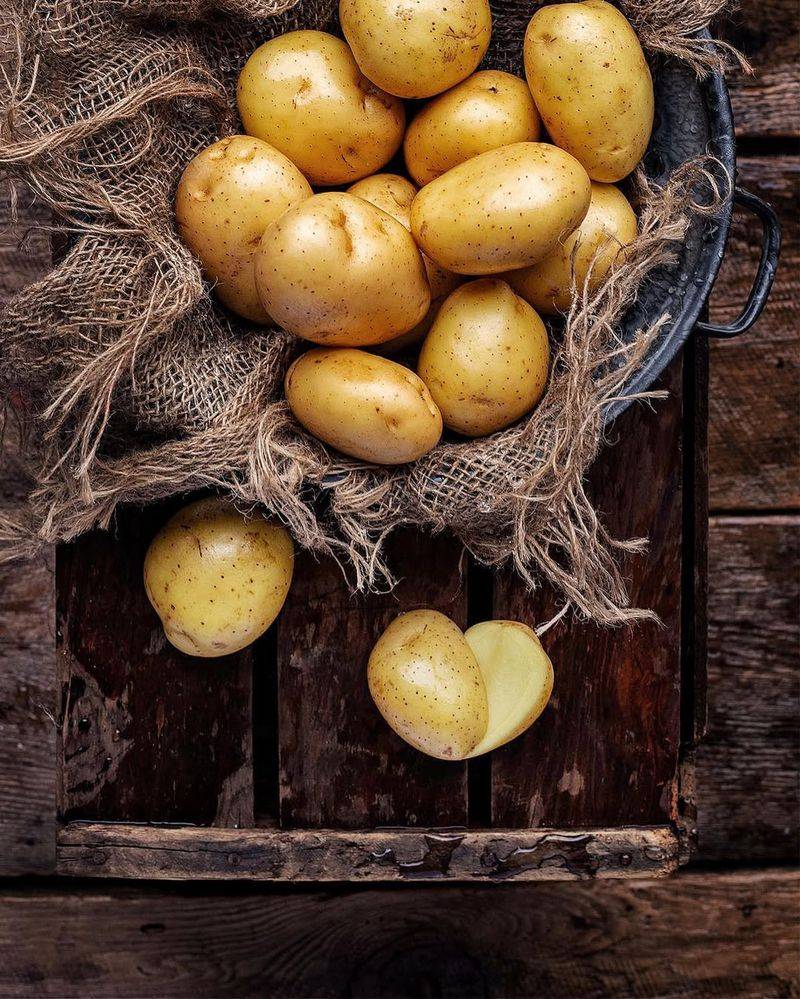
Ever tried munching on a raw potato? Shocking, right? Those green spots and sprouts are more than just unsightly—they’re toxic! Solanine, a glycoalkaloid poison lurking in raw potatoes, can cause nausea, headaches, and even neurological issues if ingested.
Cooking them breaks down this toxin, transforming them into the beloved comfort food we adore. So, remember: Potatoes are friends, but only when roasted, mashed, or fried to perfection!
2. Kidney Beans
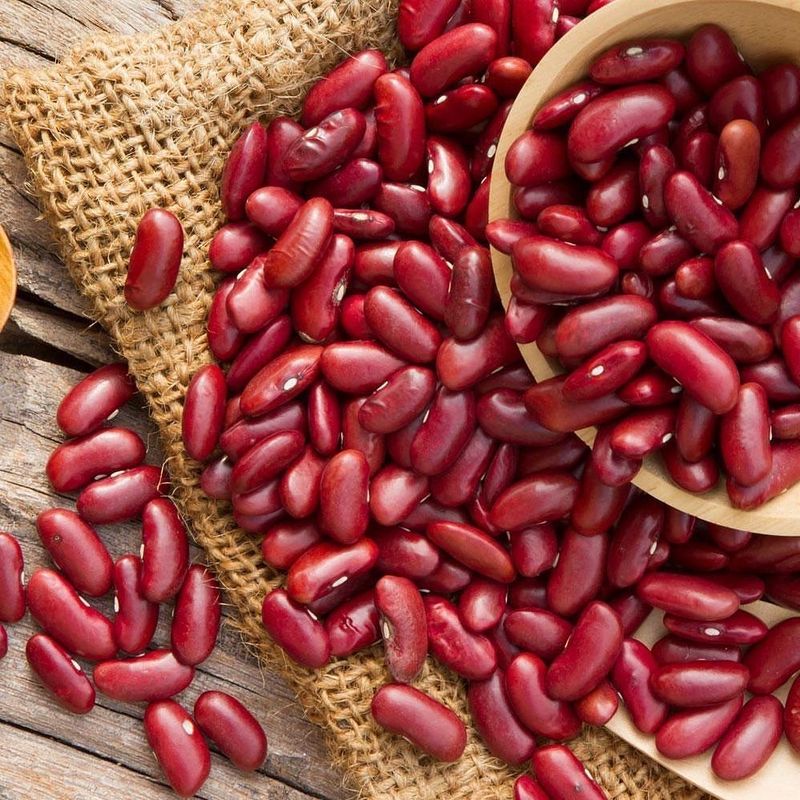
Think kidney beans are harmless? Think again! Raw kidney beans contain phytohemagglutinin, a protein that can wreak havoc on your stomach. Even a handful of these uncooked beans can cause severe nausea and vomiting.
A good boil will break down this dangerous protein, allowing you to safely enjoy their hearty goodness in chili or salads. So, don’t let these beans trick you into a gastronomic disaster!
3. Rhubarb

Isn’t rhubarb a tart delight? Absolutely, but not when raw! The leaves contain oxalic acid, a compound that can cause kidney stones and other serious health issues if consumed.
While the stalks are safe when cooked, the leaves should never find their way into your mouth. So, next time you’re whipping up a pie, remember: only the stalks are welcome in your kitchen adventures!
4. Eggplant

Don’t let the glossy exterior fool you—raw eggplant harbors solanine, the same toxin found in raw potatoes. Ingesting it can lead to digestive discomfort and even nervous system complications.
Cooking eggplant thoroughly will neutralize the toxin and unlock its creamy texture and savory flavor. So, treat your taste buds to a cooked eggplant parmesan instead!
5. Bitter Almonds
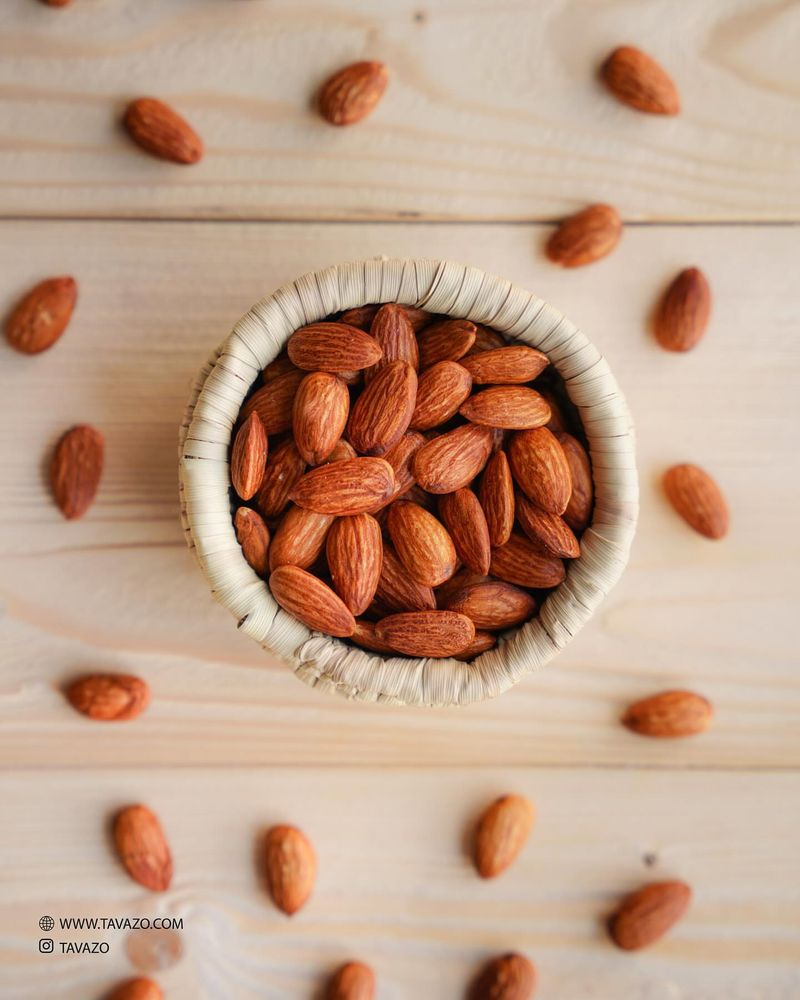
Bitter almonds might sound like an exotic snack, but steer clear! These almonds contain amygdalin, which converts to cyanide when ingested. Yes, you read that right—cyanide!
Just a few raw bitter almonds can be fatal. Sweet almonds, however, are a safe and tasty alternative once cooked. So, satisfy your nutty cravings without the risk!
6. Chicken
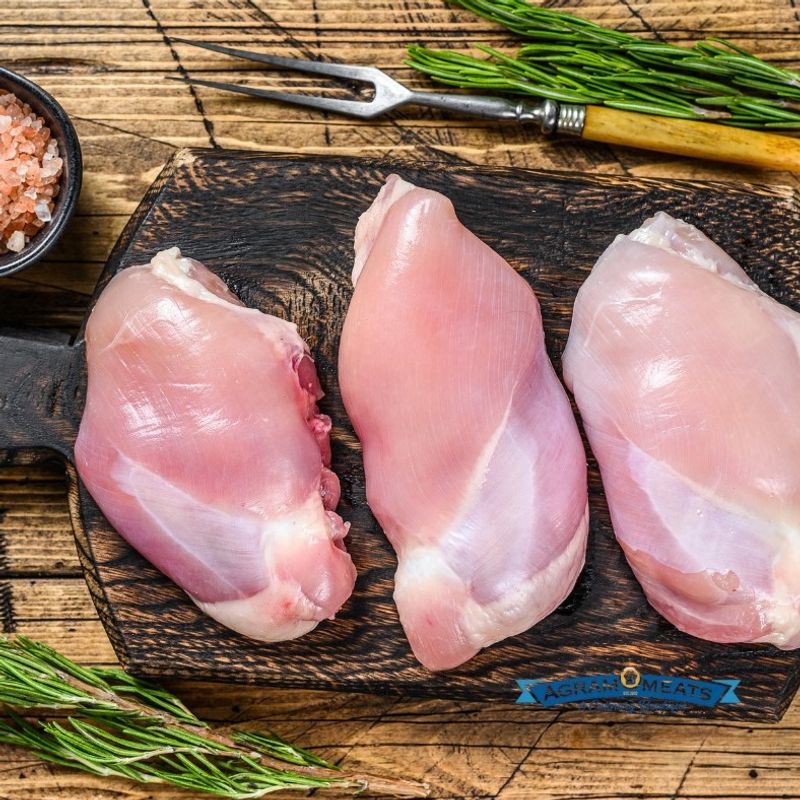
Raw chicken, anyone? Hopefully not! Salmonella and Campylobacter are two bacteria that thrive in raw poultry, posing severe food poisoning risks.
Proper cooking kills these bacteria, ensuring your meal is safe and delicious. Resist any temptation to experiment with raw chicken dishes—your stomach will thank you!
7. Pork
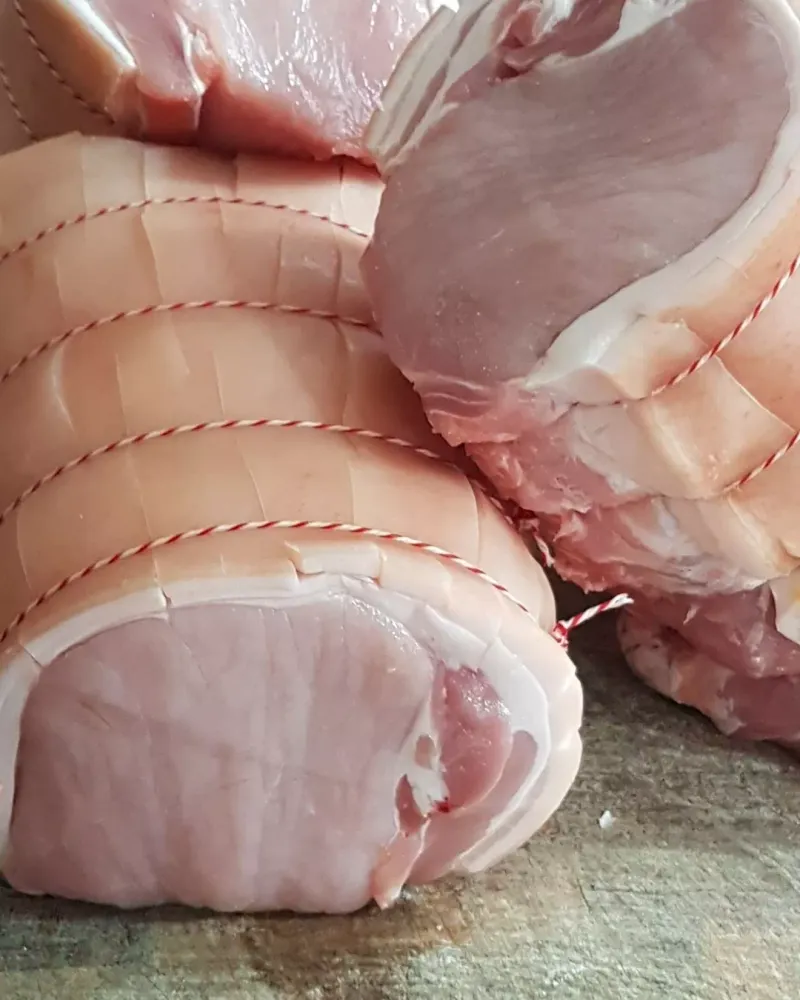
Ah, pork—the star of many a culinary delight! But raw pork? A disaster waiting to happen. Trichinosis, a parasitic infection, can result from consuming undercooked or raw pork.
Make sure to pork thoroughly because it not only kills harmful parasites but also enhances its juicy, flavorful goodness. Never gamble with raw pork and always cook it to perfection!
8. Cassava
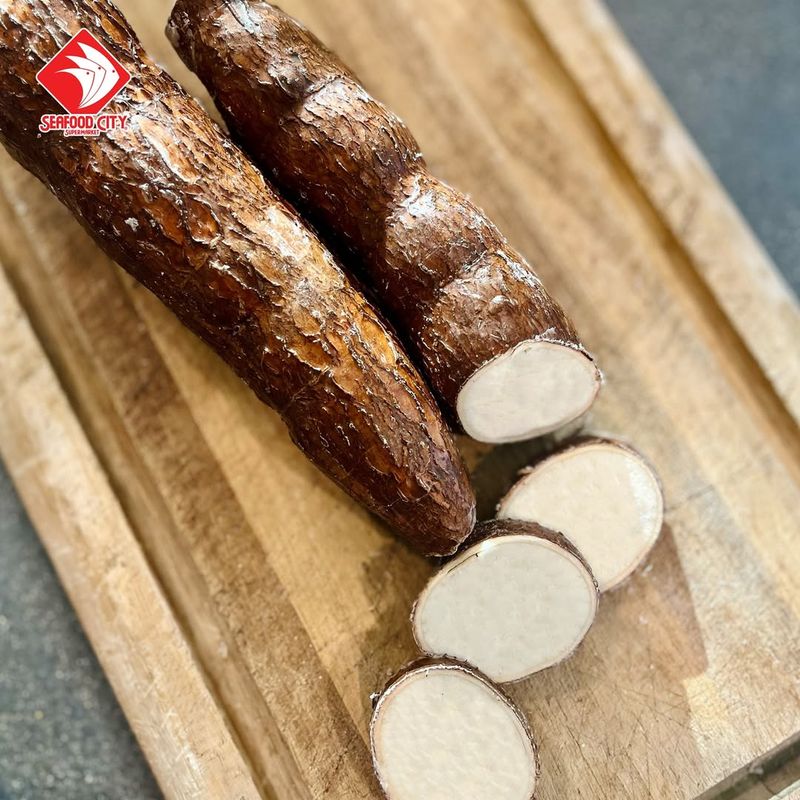
Cassava might be a staple in many cultures, but raw? Absolutely not! This starchy root contains cyanogenic glycosides, which convert to cyanide when eaten.
When cassava is cooked, harmful toxins are broken down, ensuring it’s safe to eat. Indulge in cooked forms like tapioca or fufu, but skip the raw versions!
9. Wild Mushrooms
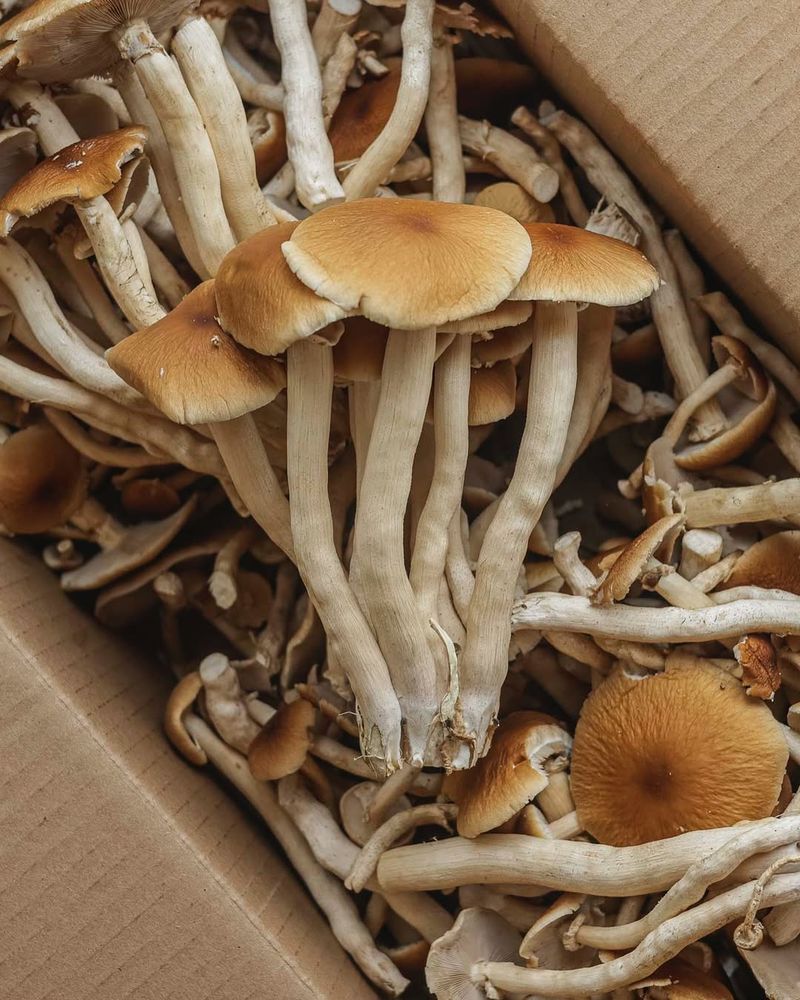
Foragers may delight in wild mushrooms, but consuming them raw poses serious risks. Toxins in many species can lead to digestive issues or worse.
By cooking them, you neutralize these harmful compounds, making them safe to eat. Always ensure you cook your foraged mushrooms before enjoying them!
10. Fiddlehead Ferns
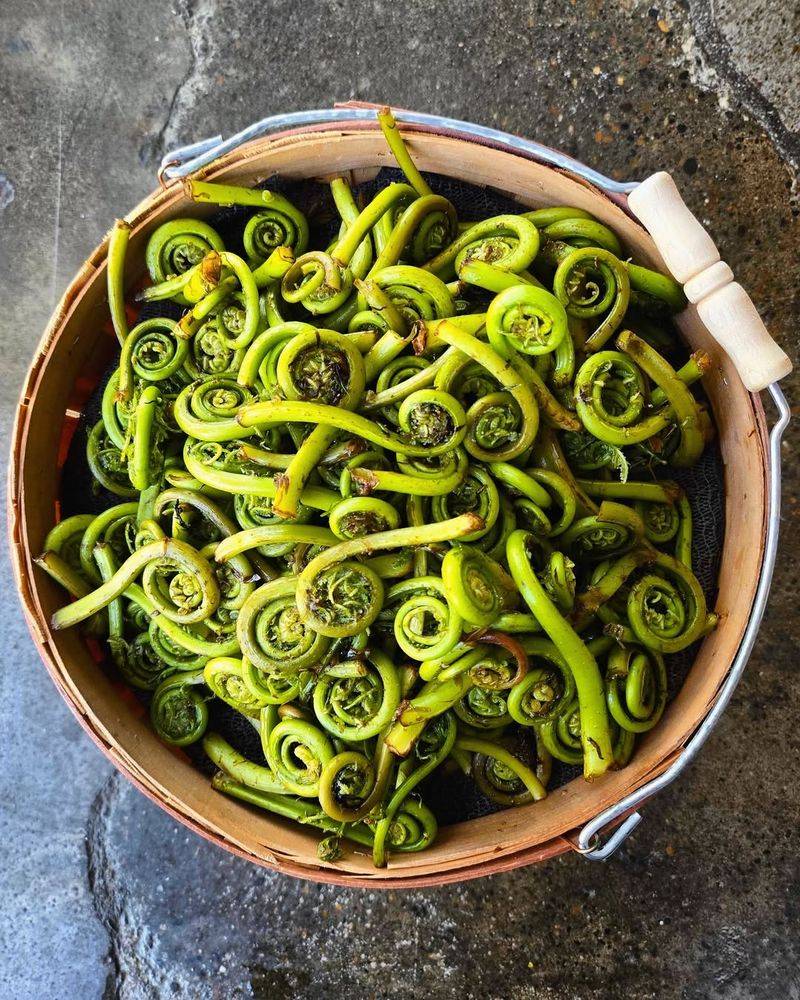
These curly greens may look whimsical, but raw fiddlehead ferns are no fairytale. Eating them uncooked can result in nausea, vomiting, and diarrhea.
Boiling or steaming fiddleheads eliminates these risks, allowing you to enjoy their unique flavor without worry. Make sure to cook these forest treasures before indulging!
11. Elderberries
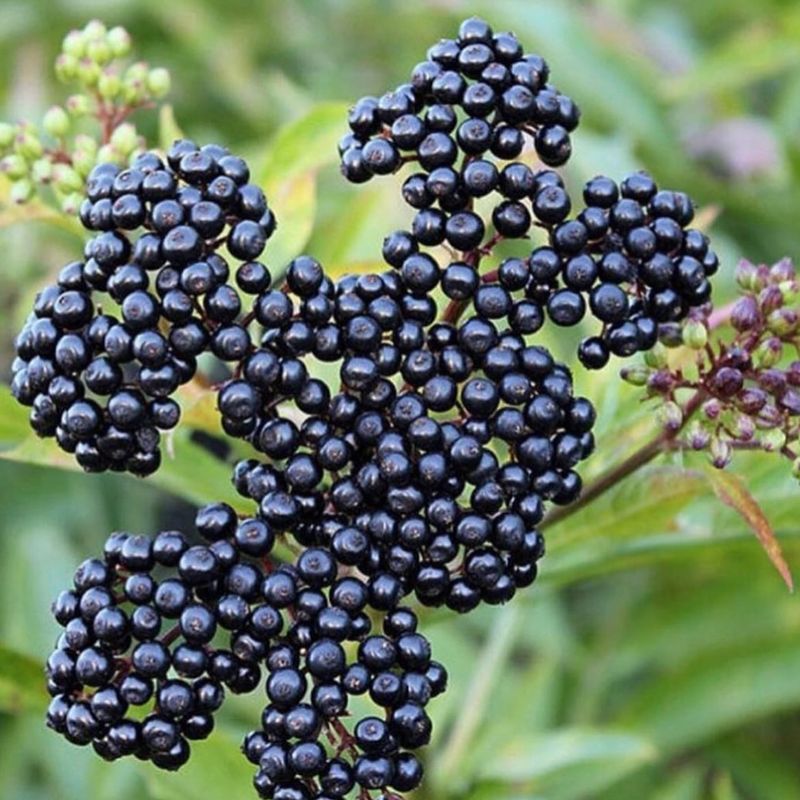
Though elderberries may appear as tempting jewels, their raw form hides hidden dangers. Cyanogenic glycosides in the seeds and leaves can lead to nausea or even coma.
When you cook elderberries, you eliminate these toxins, unlocking their potential for delicious jams, jellies, and syrups. Always cook them first to safely enjoy their natural sweetness!
12. Chaya
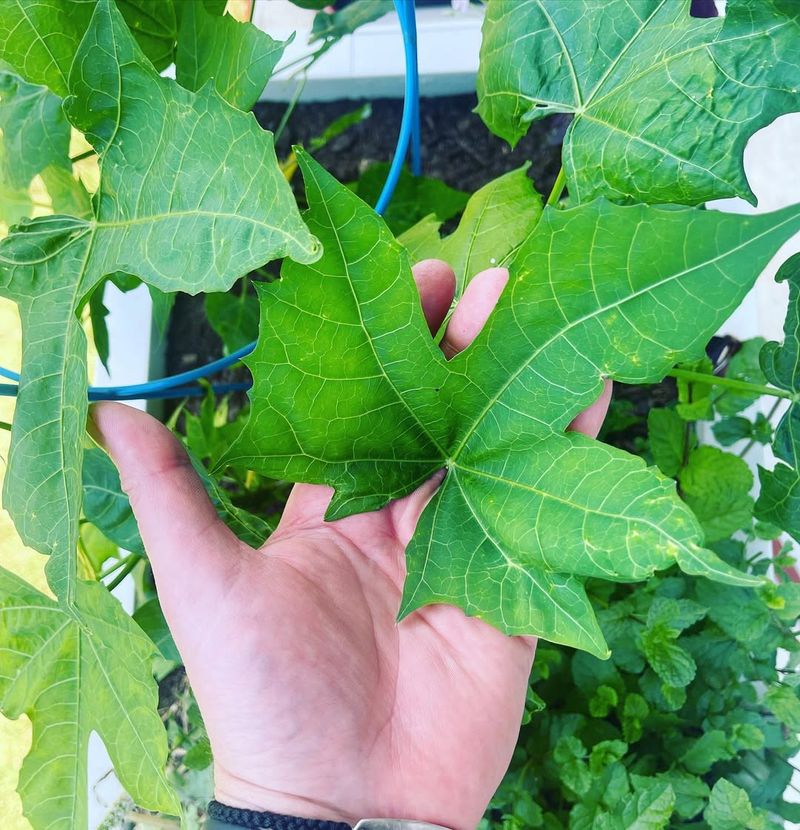
Raw chaya may be toxic, despite its reputation as a nutritional powerhouse when cooked. Hydrocyanic acid in the leaves can cause severe health issues if consumed.
Once cooked, these toxins break down, unlocking all the health benefits chaya has to offer. Always cook chaya before enjoying its full potential!
13. Taro
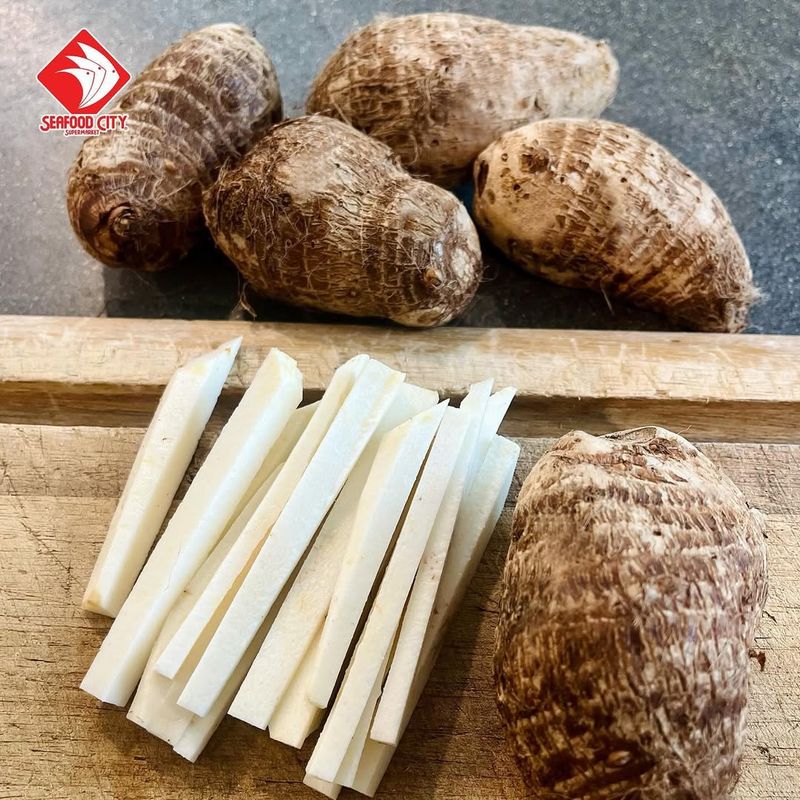
Taro root might intrigue you with its distinctive look, but raw, it’s a hazard. Calcium oxalate crystals in raw taro can cause irritation and discomfort in the mouth and throat.
Cooking nullifies these effects, allowing you to enjoy its nutty flavor safely. Always prepare taro dishes with care to avoid any trouble!
14. Honey
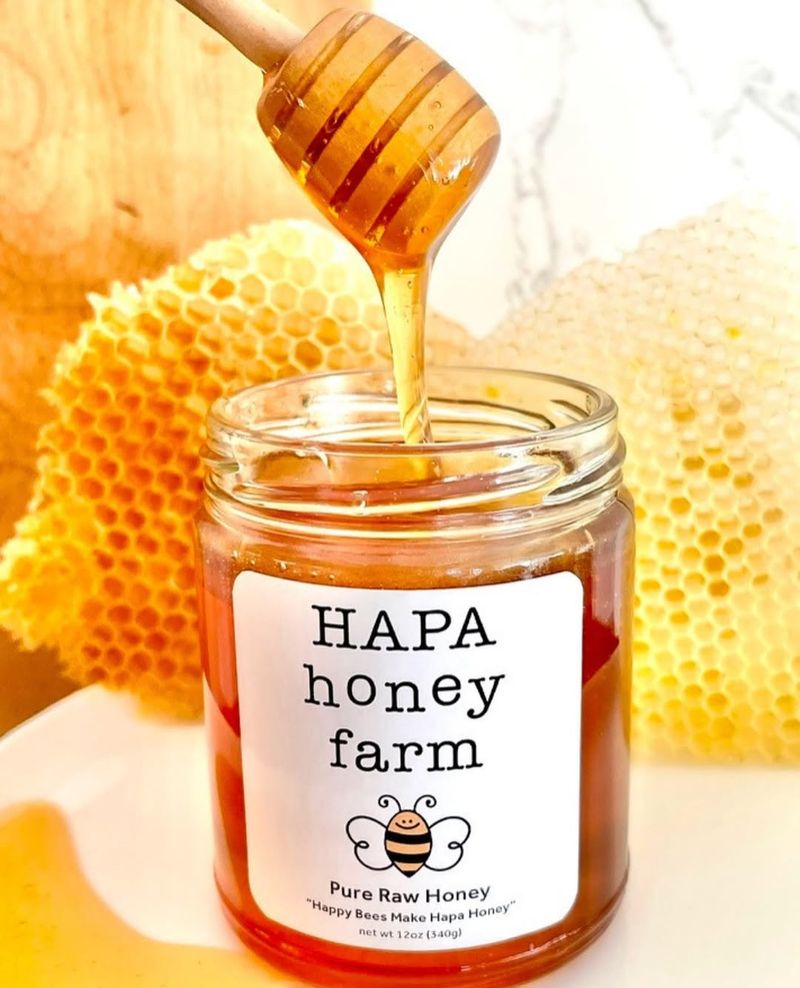
Raw honey might seem irresistible, but for infants, it’s a no-go. It contains spores of Clostridium botulinum, which can lead to infant botulism, a serious illness.
Pasteurization destroys these spores, making honey safe for everyone else. Keep raw honey away from the little ones, and enjoy its sweet allure responsibly!
15. Hog Plum
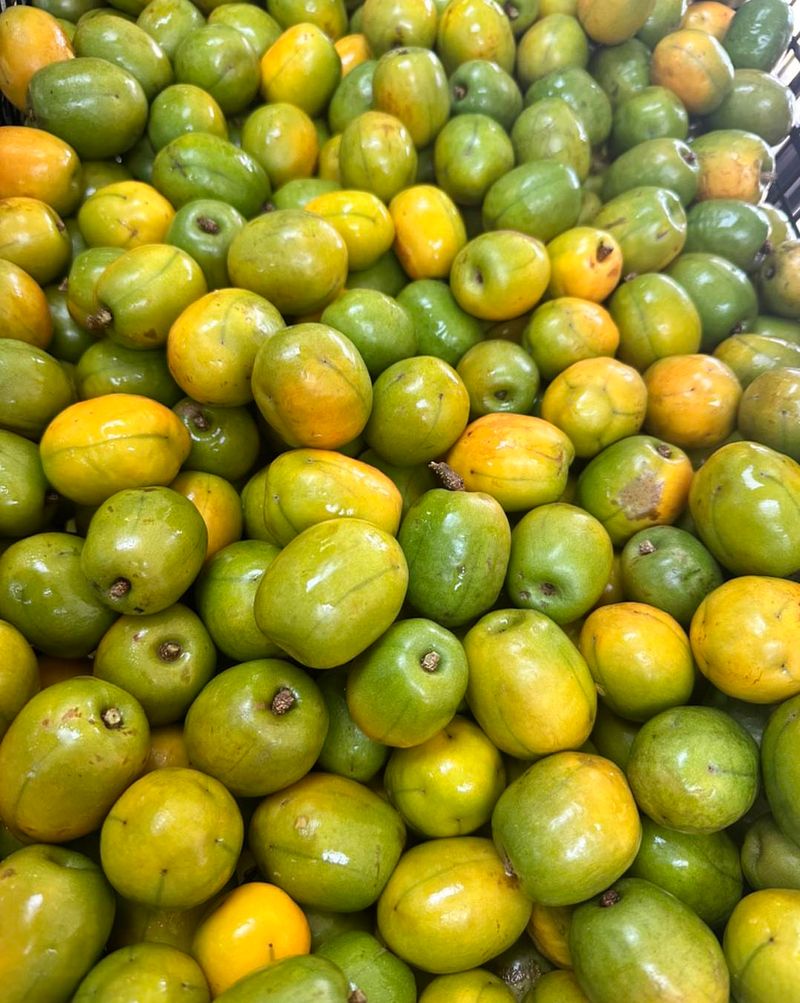
Though hog plums may catch your eye with their vibrant colors, eating them raw is risky. The seeds and skin contain compounds that can irritate the digestive system.
Once cooked, these harmful irritants break down, letting you enjoy their tangy flavor without worry. Always prepare hog plums before savoring their tropical zing!
16. Buckwheat
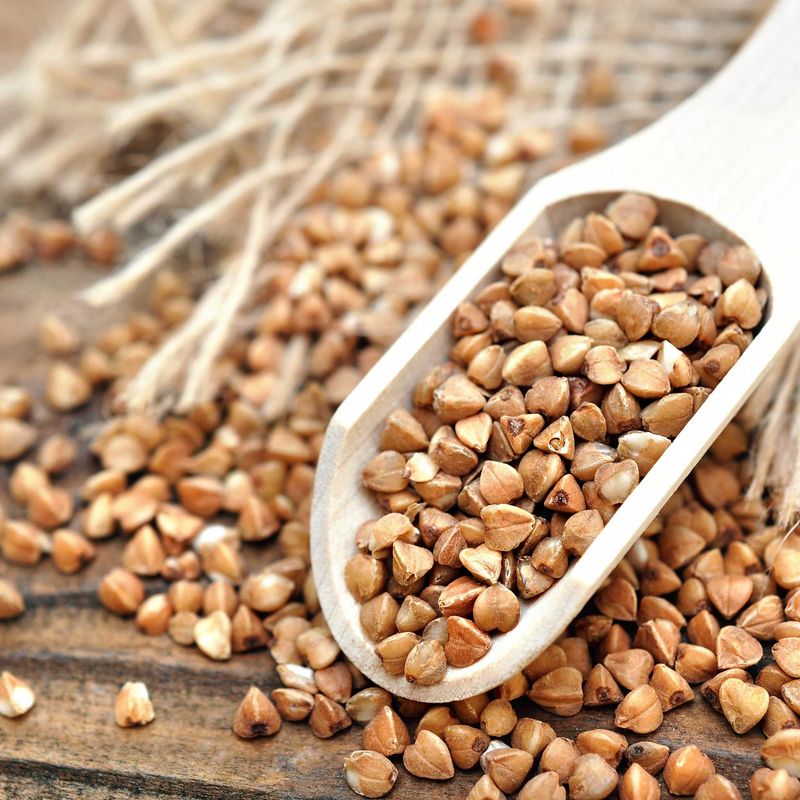
Although buckwheat is a gluten-free hero, consuming it raw can be harmful. The compound fagopyrin found in raw buckwheat may cause skin irritation and photosensitivity.
When cooked, this harmful compound is neutralized, making buckwheat both safe and nutritious. Be sure to cook buckwheat thoroughly before enjoying its benefits!
17. Yam Beans
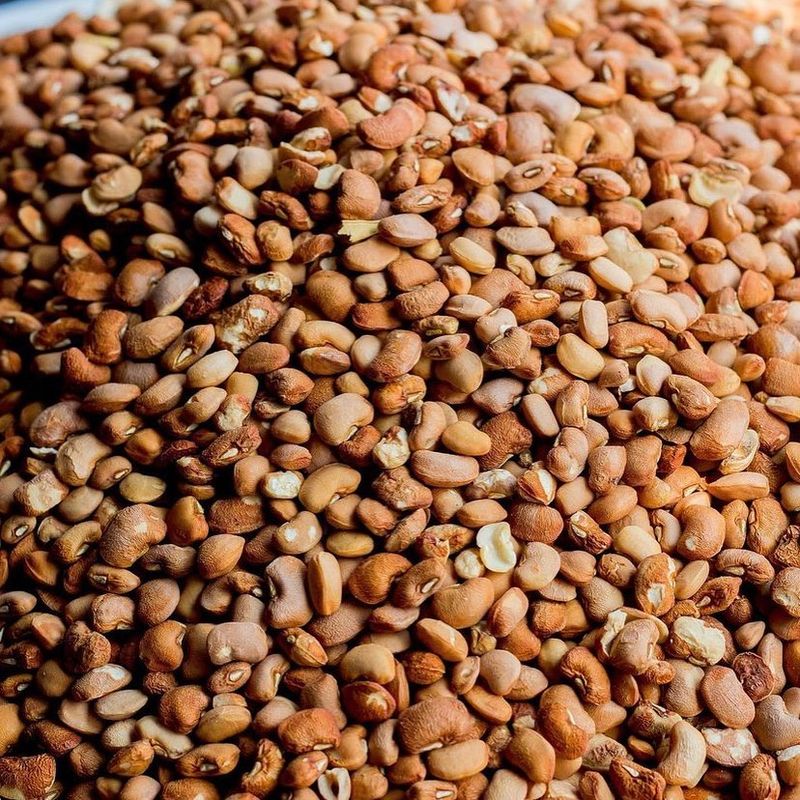
Yam beans, also known as jicama, are juicy and delicious when peeled and cooked. Raw, the seeds contain rotenone, a toxic compound.
Although the flesh is generally safe, cooking ensures all parts are edible. Peel and cook your yam beans to enjoy their crisp texture without any toxic worries!
18. Pufferfish
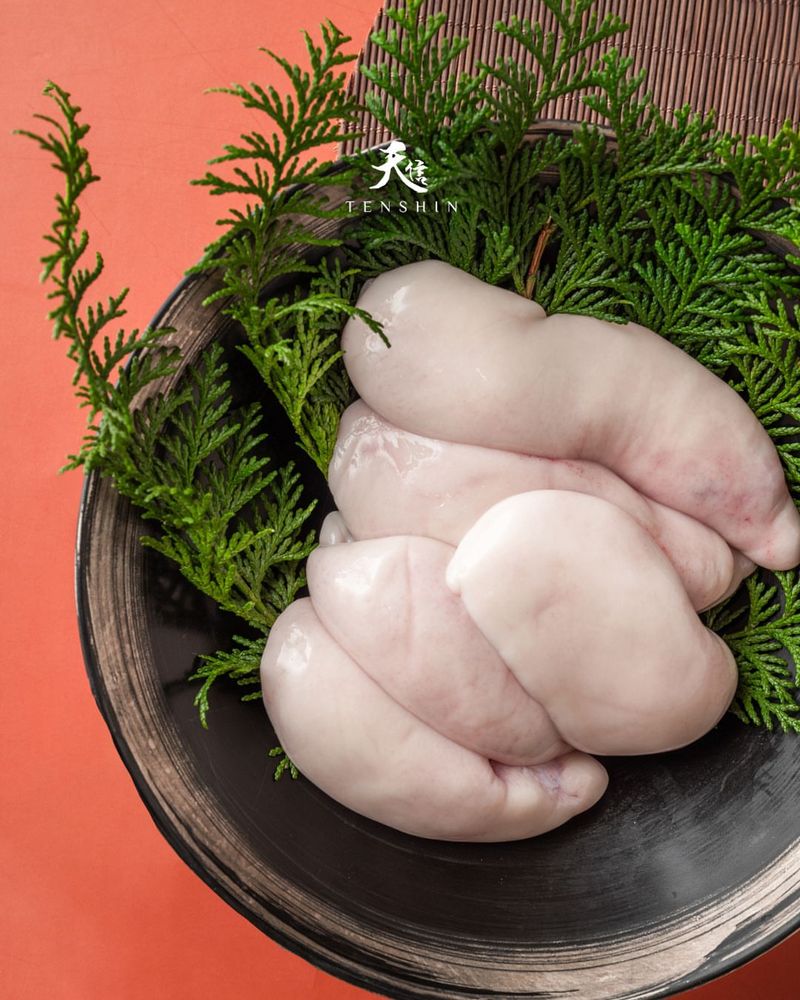
Pufferfish might be a delicacy in Japan, but raw, it’s deadly. Tetrodotoxin, a potent poison in pufferfish organs, can cause paralysis or even death.
Only trained chefs can safely prepare this fish. So, admire it from afar unless you’re in expert hands—your life might just depend on it!
19. Sprouts
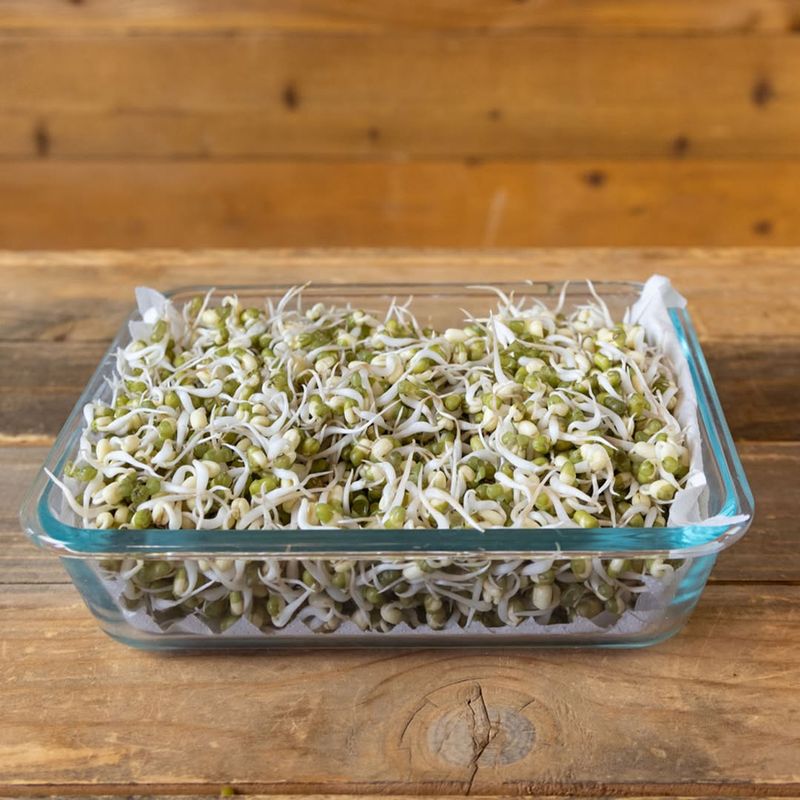
While sprouts are often associated with health, raw ones can harbor dangerous bacteria. In their moist environment, Salmonella, E. coli, and Listeria can thrive.
Cooking sprouts kills these bacteria, making them a safe addition to your dishes. So, don’t let raw sprouts wreak havoc on your health—cook them first!
20. Milk
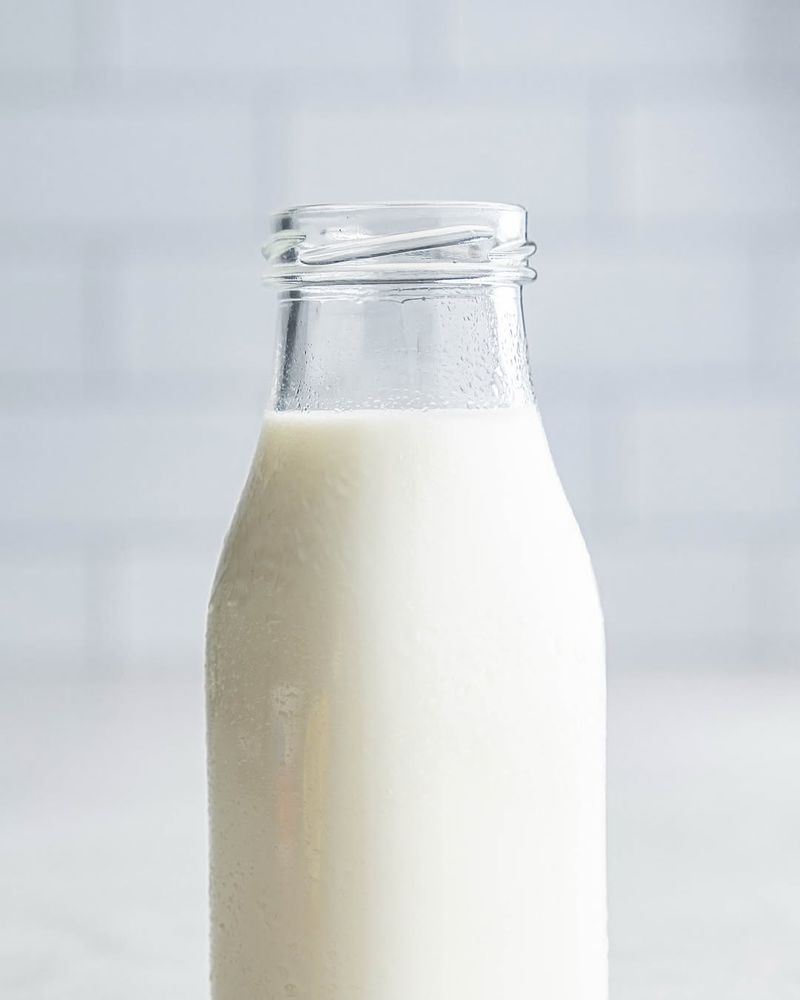
Raw milk might sound wholesome, but it’s a bacterial danger zone. Listeria, Salmonella, and E. coli are potential contaminants lurking in unpasteurized milk.
Pasteurization ensures milk is safe and delicious, without posing any health risks. Make sure to always choose pasteurized milk to enjoy your dairy without worries!
21. Eel
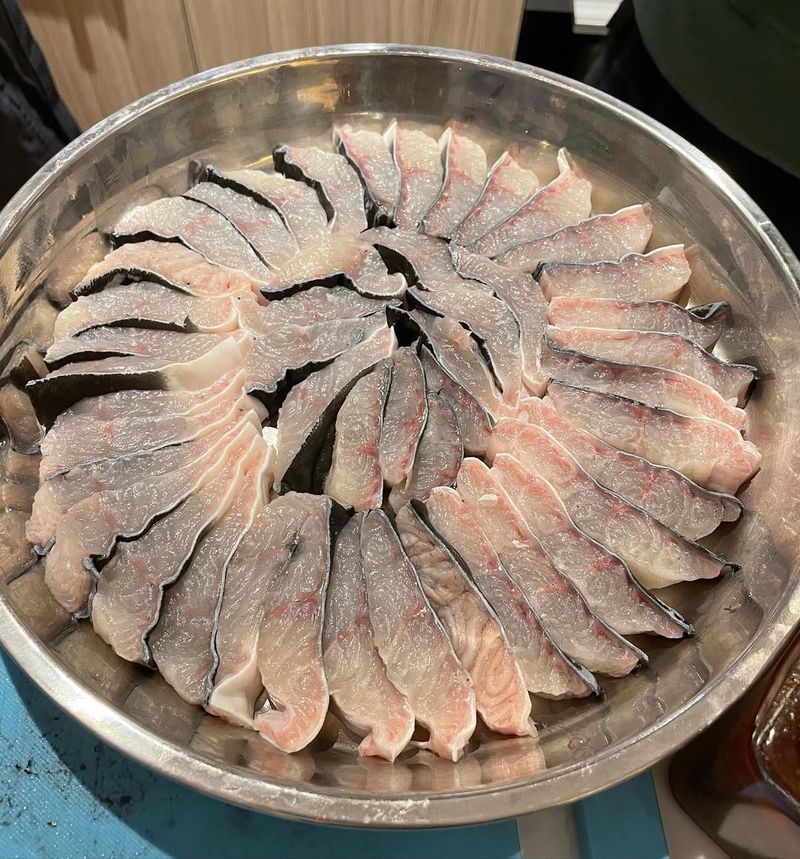
Raw eel may lure sushi enthusiasts, but it can be a dangerous choice. Toxic blood proteins in raw eel can cause severe reactions in humans.
When cooked, these proteins are neutralized, making eel safe to eat. For a worry-free culinary experience, always enjoy eel in its cooked form!
22. Green Beans
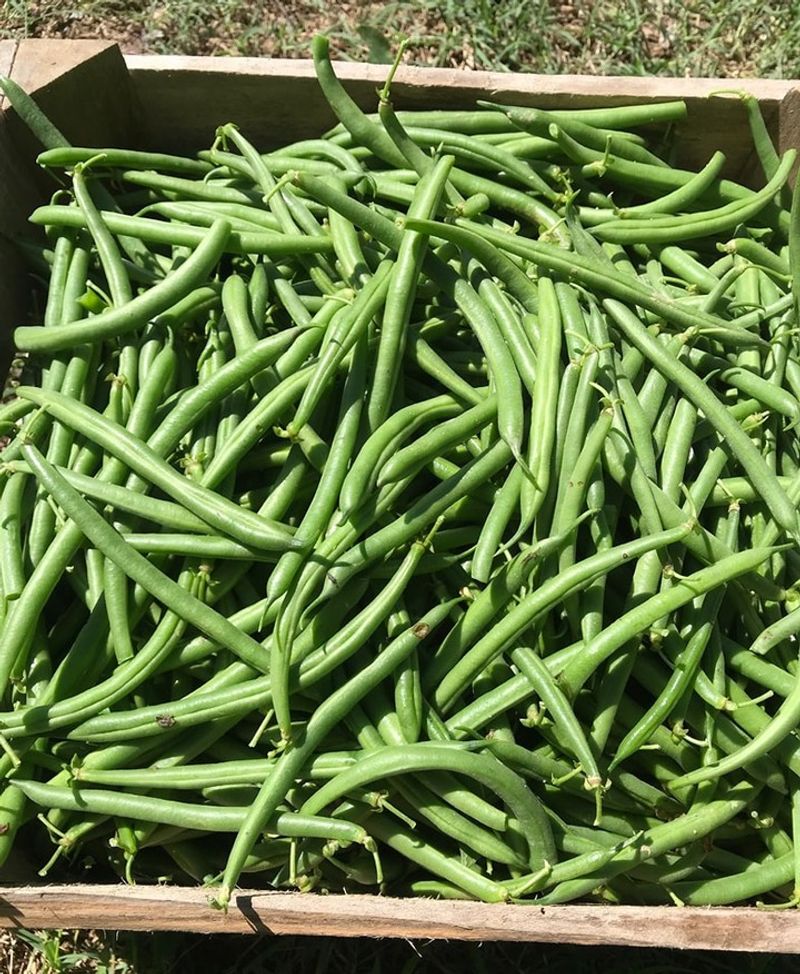
Raw green beans might look crunchy and inviting, but they can cause digestive discomfort. The lectins in them can upset your stomach.
Once cooked, these proteins are broken down, making them safe to eat. Always cook green beans to enjoy their crisp texture without any problems!
23. Cassia

Cassia, a popular cinnamon type, may appear harmless, but consuming it raw can be risky due to its high coumarin content. Large amounts of this compound can lead to liver damage.
Cooked or used in moderation, cassia becomes both safe and flavorful. For a fragrant, worry-free spice, sprinkle it lightly in your recipes!
24. Elderflower
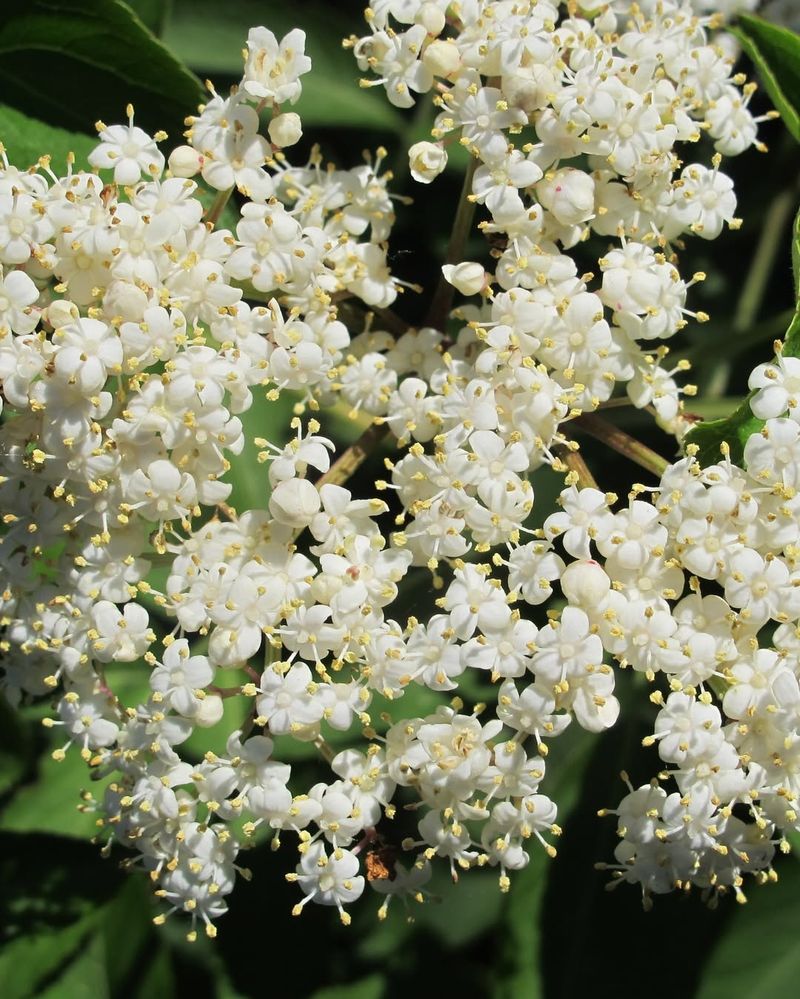
Elderflower is delightful in cordials, but raw, it’s a different story. The plant’s raw parts contain toxic compounds that can cause nausea and vomiting.
To neutralize these toxins, cook elderflower blossoms and make them safe for culinary creations. Transform raw elderflower with heat for a fragrant and flavorful treat!
25. Horsetail
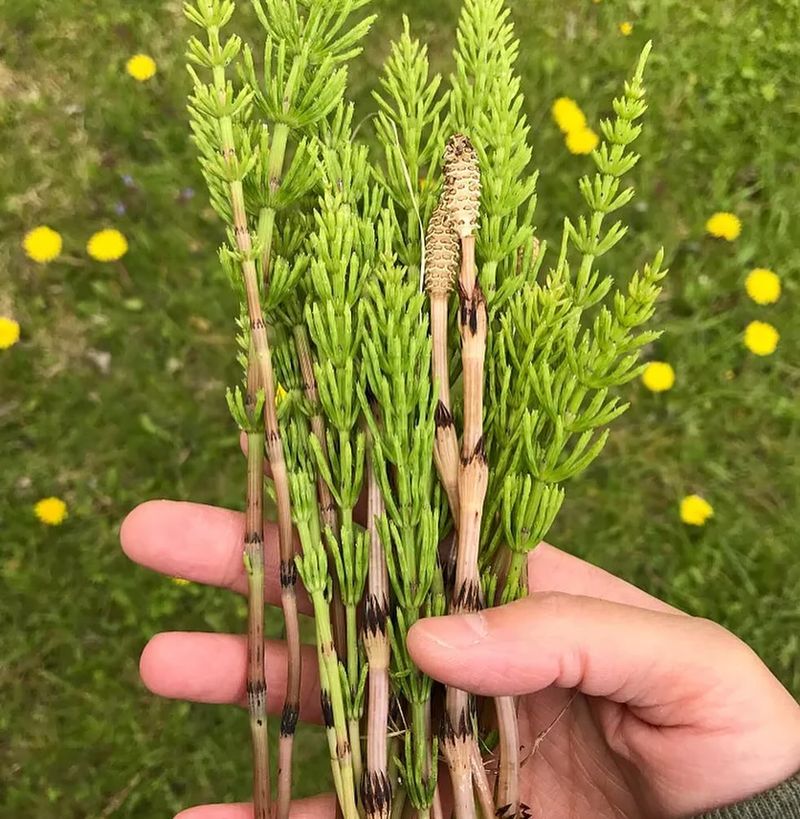
Horsetail may seem appealing as an herbal remedy, but raw, it can be dangerous. The thiaminase enzyme in raw horsetail can break down vitamin B1, potentially causing neurological problems.
Cooking horsetail neutralizes this enzyme, making it safe to enjoy. If you’re drawn to this ancient herb, always cook it before consuming!
26. Parsley
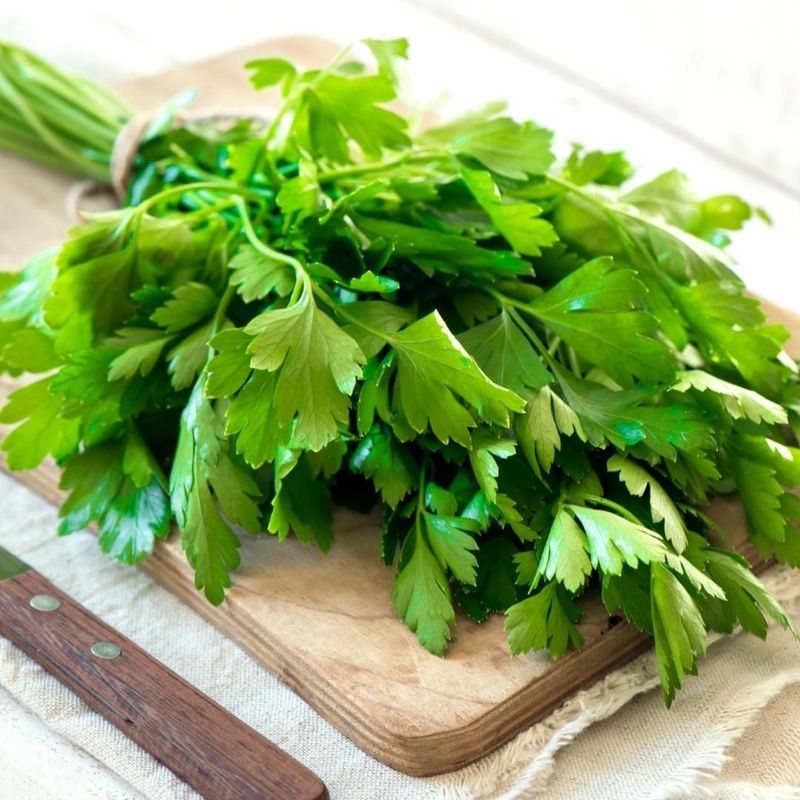
While parsley often adds a fresh touch to dishes, consuming it raw in large amounts can lead to stomach problems. Apiol, a compound in parsley, can irritate the digestive system.
When cooked or used sparingly, parsley remains a safe and flavorful choice. To avoid digestive issues, enjoy parsley in moderation and cooked whenever possible!

